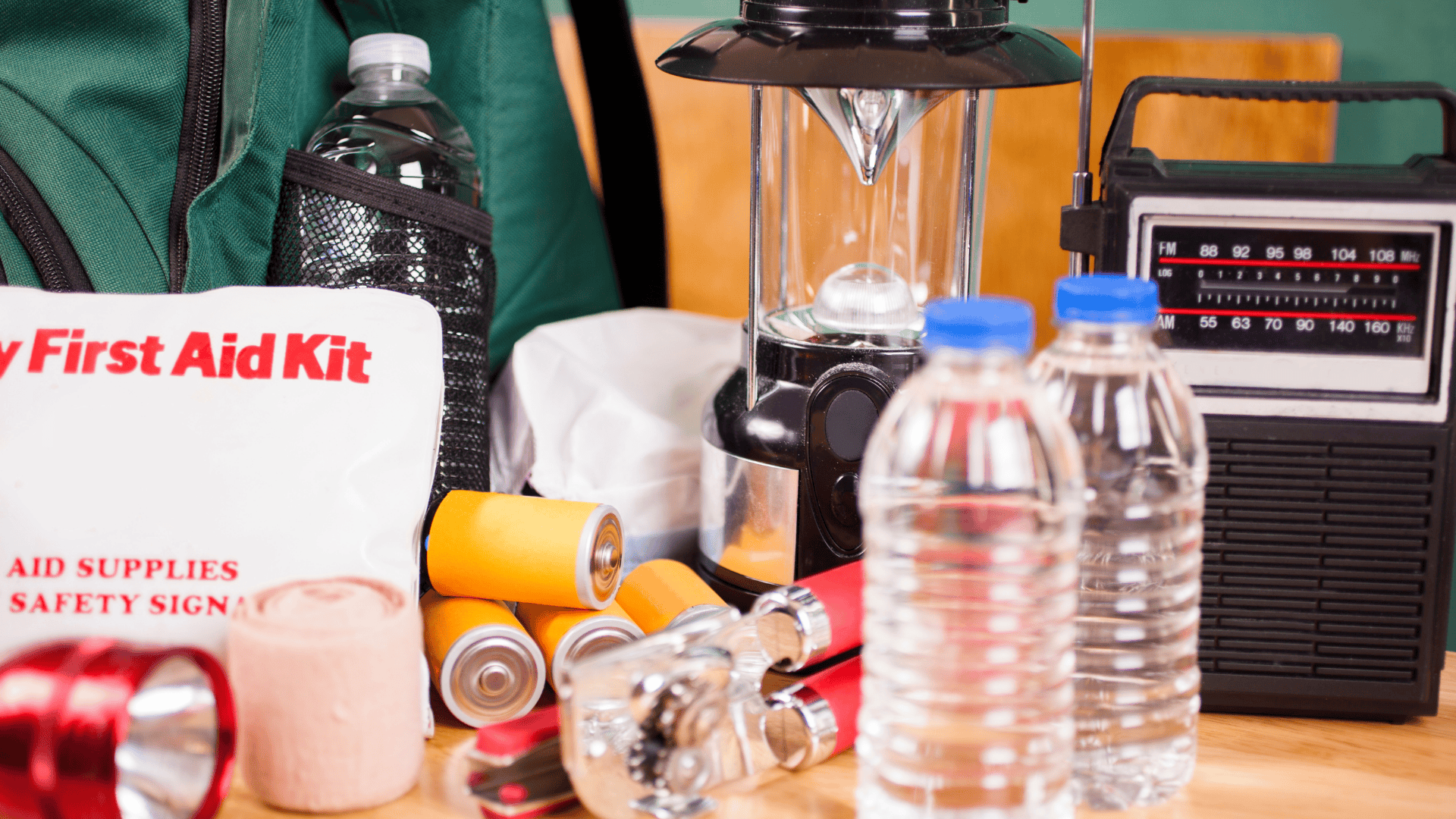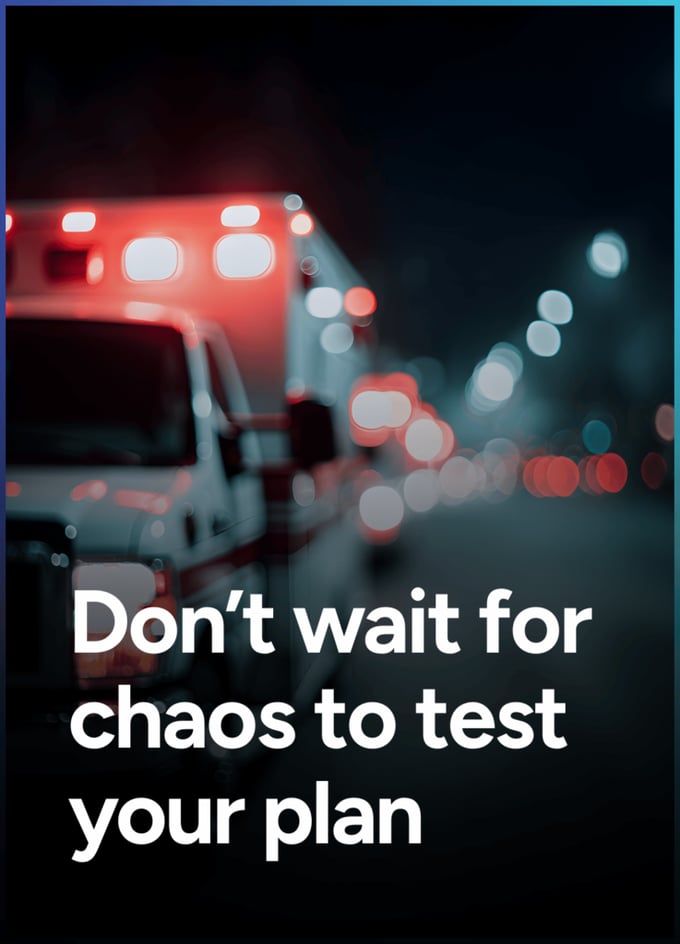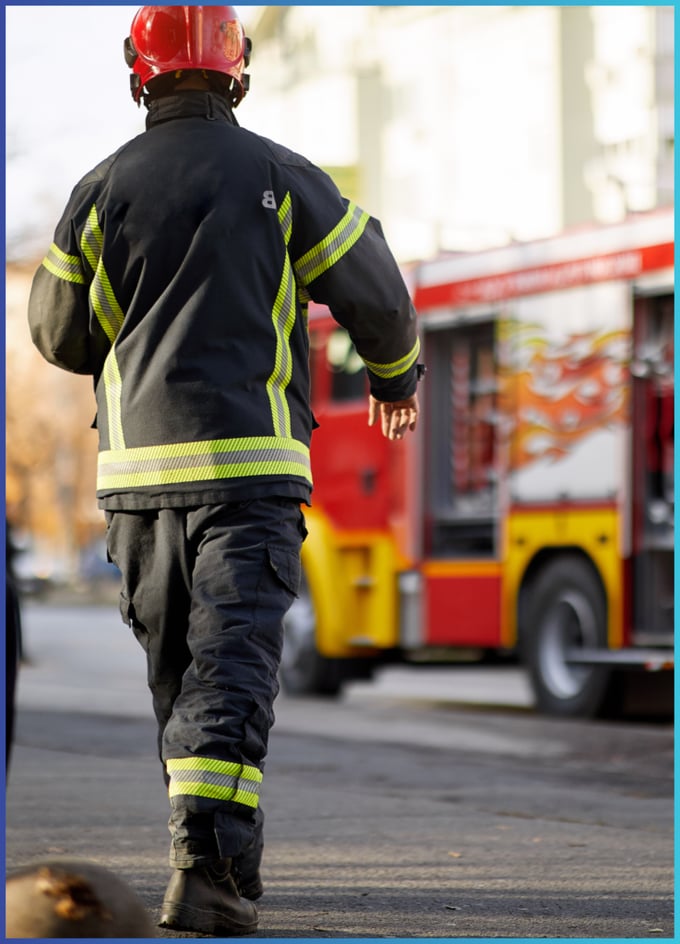

Let’s be real for a second. Emergencies are like those surprise pop quizzes in school. Nobody really likes them, nobody’s ever truly ready for them, and the outcome usually depends on how prepared you were before the teacher even walked in. For businesses, the stakes are way higher than just a letter grade. We’re talking about people’s safety, the survival of your operations, and sometimes even whether your business will be standing tomorrow.
That’s why September, which happens to be National Preparedness Month, is the perfect time to talk about something we all avoid until it’s too late, emergency preparedness.
Do you actually have a plan or are you just winging it?
Here’s the hard truth. A shocking number of businesses don’t have a real emergency action plan. Sure, they’ve got a dusty binder somewhere labeled “safety” or a few posters in the breakroom that no one has looked at since orientation. But when chaos hits, winging it doesn’t work.
Emergencies thrive on confusion. If you don’t already have a plan, you’re leaving your team vulnerable to panic, delays, and dangerous mistakes. A proper plan makes the unknown feel manageable. It gives employees confidence instead of fear. It makes sure everyone knows where to go, what to do, and who to listen to.
So ask yourself honestly, is your plan a strong safety net or is it just a loose collection of “we’ll figure it out”?
What happens when businesses skip the prep work
Skipping emergency planning isn’t just careless, it’s costly. Think about it. Even a small fire, a chemical spill, or a medical emergency can turn into a full-scale crisis if people don’t know how to respond. Beyond the obvious safety risks, you could face regulatory fines, lawsuits, property damage, and long stretches of downtime that eat into your profits.
And here’s the kicker. Once the dust settles, employees remember how leaders handled the moment. If they felt unsupported or left in the dark, you’ve not only lost trust, you’ve lost morale. And morale is one of the hardest things to rebuild.
Preparation isn’t just about protecting people physically, it’s about protecting your culture, your reputation, and your ability to bounce back when life throws curveballs.

Okay, so you’re sold on the idea. But if the thought of sitting down to create an entire emergency action plan makes you want to crawl under your desk, don’t panic. It doesn’t have to be overwhelming. Start small, start simple, but start somewhere.
-
Gather your emergency contacts, like fire department, police, local hospital, and internal coordinators.
-
Map out evacuation routes and make sure everyone knows them, not just the supervisors.
-
Stock your first aid and emergency kits and actually check them once in a while. Expired bandages aren’t very helpful.
-
Train your people in simple response actions, from CPR to who calls 911.
-
Review your plan every year because threats evolve and so should your plan.
When you take it step by step, the big picture feels less intimidating.
Why preparedness actually makes your people feel stronger
Here’s a secret that not many businesses realize. Employees feel empowered when they know there’s a plan. Training people to respond to emergencies doesn’t make them paranoid, it makes them confident.
When workers know they can act fast during a fire alarm or that they won’t be helpless if someone collapses at their workstation, they feel safer walking into the building every day. Safety culture is built on that sense of trust. And when employees feel safe, they show up more engaged, more focused, and more loyal.
Preparedness isn’t just a compliance checkbox, it’s an investment in your people. And believe me, they notice.
The scary truth is emergencies aren’t always fire drills
We tend to picture fire alarms and evacuation drills when we think “emergency,” but the list goes way beyond that. Active assailant incidents, chemical spills, severe weather, power outages, and medical emergencies are all things that can shut your doors in an instant.
Every business has its unique risks, which is why a cookie cutter plan doesn’t cut it. A factory with hazardous materials needs different protocols than a tech office in a high rise. The goal isn’t to copy someone else’s plan, it’s to build one that fits your people, your space, and your risks.
You don’t have to do this from scratch
Here’s the good news. You don’t have to reinvent the wheel. We put together an Essential Emergency Action Plan Template that does a lot of the heavy lifting for you. It’s a practical guide with checklists, customizable sections, and step by step guidelines that help you create a plan that’s more than just a binder collecting dust.
This template is built to be usable, not intimidating. You can fill in the blanks with your business details, adapt it to your needs, and have something solid to work with. And the best part, it keeps you from missing the important stuff while still letting you personalize it for your workplace.
If you haven’t downloaded it yet, trust me, your future self will thank you for it.

Want to take it a step further and level up your skills?
Templates are great, but sometimes you want your team to get more hands on training so they feel prepared in the moment. That’s where our course comes in. Check out our Workplace Safety Training: Crisis Management and Emergency Planning Training Course.
This course gives your people the knowledge and confidence to handle emergencies of all kinds, whether it’s a crisis in the office or a disaster that hits your operations hard. It’s practical, straightforward, and designed to help real people in real workplaces.
Let’s keep it real and wrap this up
At the end of the day, this isn’t just about compliance, templates, or courses. It’s about people. It’s about making sure your employees feel safe walking into work every day and making sure your business can survive the unexpected.
Emergencies aren’t something you can schedule or predict. But you can choose to be prepared. Start with the basics, grab the template, and if it makes sense for your team, expand into training. The important part is that you actually take the step, not just think about it.
Because when life throws its worst at you, being prepared is what turns a crisis into just another challenge you were ready to face.
References
Occupational Safety and Health Administration (OSHA) – Emergency Preparedness and Response
Centers for Disease Control and Prevention (CDC) – Emergency Preparedness and Response
Federal Emergency Management Agency (FEMA) – Planning Guides




